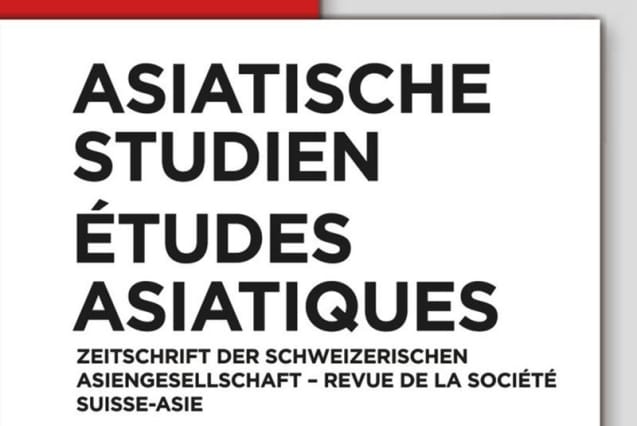Abedi, Milad & Johannes Thomann. 2024. The emergence of Arabic scientific terminology at the eastern contact zone: Calque and loanword in early ʿAbbāsid time (750–800 CE). Asiatische Studien – Études Asiatiques 78(4). 705-717.
Superstratum languages often become substratum languages after military defeats. This was the case with Middle Persian in the Islamic Empire. There were different phases of interference between Middle Persian and Arabic. For example, Middle Persian terms, especially in administration and technology, were borrowed into Arabic. Later, in the first decades of Abbasid rule, a new scientific terminology was developed in Arabic based on translations of Sanskrit and Middle Persian texts in the fields of mathematics, astronomy, and medicine. Besides that, some scientific concepts of Chinese origin were received too. Most of these early Arabic scientific texts are lost, having been replaced later in the 3rd/9th century by translations of Greek scientific works. However, many fragments of them are preserved in secondary tradition, and such materials have been only partially studied. This paper will discuss cases of Arabic borrowings, including calques and loanwords from Sanskrit and Middle Persian.







